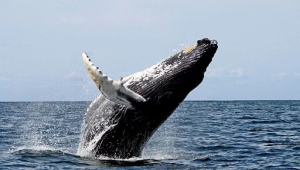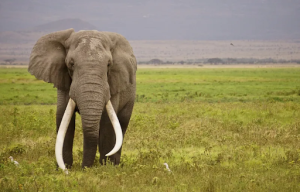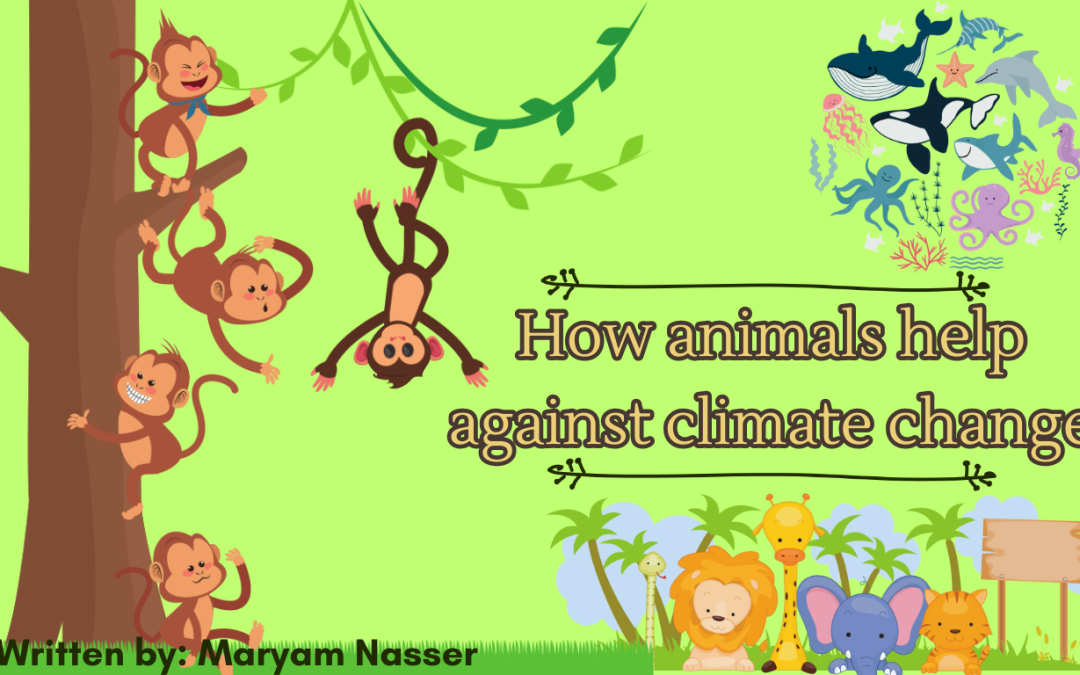Written by: Maryam Nasser
Edited by: Koneenika Datta
Designed by: Keya Patel
Published by: Linda Qi
If you asked a group of people what world-wide problem they believed to be the most threatening, chances are the topics “climate change” or “global warming” would be one of the first things on their minds. However, interestingly, while humans are gradually working to help fight against climate change, our ecosystem is naturally helping too. For example, did you know big mammals innately mitigate the effects of climate change? The following are two examples:
Whales
Whales help reduce the amount of carbon in the atmosphere greatly in 3 major ways ⎯ through their excretion, their diet and their death. Firstly, the feces of whales is rich in iron and nitrogen, elements that are needed by microscopic organisms called phytoplankton to develop. Importantly, phytoplankton are vital to the ecosystem, as they recycle ½ of all the oxygen to the air for us, while also trapping 37 billion tons of CO2! Phytoplankton become food for krills and seals (transferring the CO2 to them) and later krills and seals are eaten by whales, who are effective storehouses of large amounts of carbon as they are huge creatures. In fact, the carbon dioxide one whale retains in its body is equal to the amount of carbon dioxide that 1,500 trees capture! Finally, when a whale passes away, its huge body sinks to the ocean floor, keeping the carbon with it.

Photo by Whit Wells (CC BY 3.0)
So, what’s the problem?
The amount of whales in our oceans has been decreasing over the years, because of human activities, like hunting, ship strikes, pollution and getting trapped in nets. Fewer whales means more carbon in the atmosphere, accelerating climate change.
African Elephants
The African elephant, another species of large mammals, also helps reduce the amount of CO2 in the air. How? It starts with the way they eat: these animals have a large appetite, and while walking through their forest ecosystem, they can consume up to 450 kilograms of vegetation a day! They often snack on smaller plants and trees and by hurting and killing these smaller plants, these elephants reduce the competition (for essentials like space and water) between the plants in the forest. Consequently, the larger organisms then have the ability to grow bigger and bigger, thus storing more CO2 with them. Essentially, this benefits the ecosystem as instead of numerous thin plants, the elephants create space for large thick plants that can hold more CO2 than the former ones.

By rawpixel.com
Protecting the Animals that Protect Our World
Other large animals like giraffes, rhinos and bisons also play a role in fighting global warming. However, even though these animals are helping us, we aren’t necessarily helping them. These animals need to be protected as their populations have been shrinking. In fact, in 2019, it was reported that the population of whales has reduced to less than a quarter of what it used to be! When it comes to elephants, sadly, according to the World Wildlife Fund, more than 20, 000 have been hunted and killed in demand for tusks. The former population of 12 million African elephants has now dwindled to approximately 400, 000!
It’s clear the animals are doing their part, so it’s up to us to do our part to keep them safe.
Works Cited
“Large mammals can help climate change mitigation and adaptation.” University of Oxford, 3 March 2022, https://www.ox.ac.uk/news/2022-03-03-large-mammals-can-help-climate-change-mitigation-and-adaptation. Accessed 13 March 2023.
Chami, Ralph, et al. “Nature’s Solution to Climate Change – IMF F&D.” International Monetary Fund, December 2019, https://www.imf.org/en/Publications/fandd/issues/2019/12/natures-solution-to-climate-change-chami. Accessed 14 March 2023.
What a living whale is worth — and why the economy should protect nature. 2022. Ralph Chami: What a living whale is worth — and why the economy should protect nature, TED. Accessed 14 March 2023.
Frederick, Eva. “Hungry elephants fight climate change one mouthful at a time.” Science, 15 July 2019. Accessed 14 March 2023.
Chami, Ralph, et al. “How African Elephants Fight Climate Change – IMF F&D.” International Monetary Fund, September 2020, https://www.imf.org/en/Publications/fandd/issues/2020/09/how-african-elephants-fight-climate-change-ralph-chami. Accessed 14 March 2023.
“Elephant | Species.” WWF, https://www.worldwildlife.org/species/elephant. Accessed 20 March 2023.

